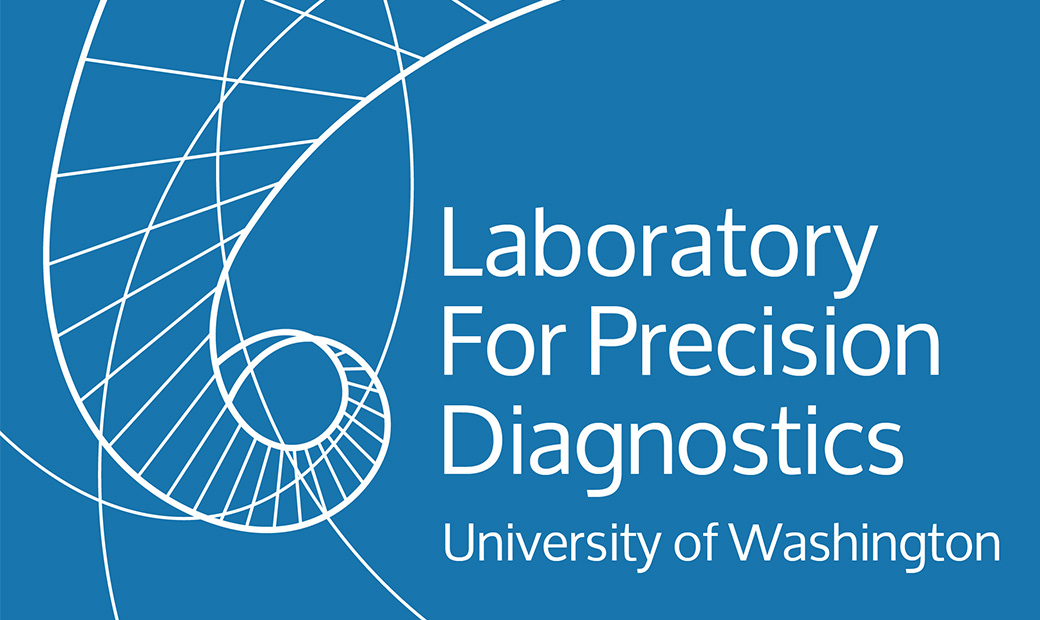Genes
IFITM5
Test Guide
OI type V is an autosomal dominant condition caused by a single mutation in the gene IFITM5. To date, all affected individuals have the same mutation that creates a new translation initiation site and adds 5 amino acids to the amino terminal end of the chain. There is marked clinical heterogeneity. In addition to increased bone fragility and fractures, the phenotypic features that define the condition include:
- Hyperplastic callus formation following fractures or surgical intervention
- Calcification of the interosseous membrane of forearms
- Radial head dislocation
- Absence of blue sclerae and dentinogenesis imperfecta
While genomic sequencing of COL1A1 and COL1A2 is the recommended first step in the laboratory evaluation of OI, the presence of these characteristic features in an individual with an OI phenotype, especially in the context of a dominant family history, may warrant that the test for OI type V by IFITM5 genomic sequence analysis be moved to the first tier.
For guidelines on the correct test to order and for pertinent references, consult the Osteogenesis Imperfecta Test Guide.
Methodology
Next Generation Sequencing: Next generation DNA sequencing is performed to identify nucleotide variants in the coding portion of the genome. All nucleotides in the coding exons and their flanking splice junctions are sequenced to a read coverage of greater than 20X. The sequence data are assembled and compared to the published genomic reference sequence. Sanger sequencing is performed if necessary to ensure complete nucleotide coverage of the target sequence and to confirm all reported variants. Human Genome Variation Society (HGVS) recommendations are followed for variant nomenclature and ACMGG/AMP variant interpretation guidelines are followed to assess variant pathogenicity, unless otherwise indicated. The following online databases and in silico analysis tools are routinely used for variant investigation: ClinVar, NHLBI Exome Sequencing Project, 1000 Genomes, dbSNP, Exome Aggregation Consortium (ExAC), available loci specific variant databases, PolyPhen-2, SIFT, Provean, Mutation Taster and Human Splicing Finder.
Specimen Requirements
BLOOD IS PREFERRED.
BLOOD: 2 EDTA (purple top) tubes
Adults: 5-10cc
Children: 3-5cc
Infants: 2-3cc
Whole blood may be stored up to 5-7 days in the refrigerator before shipping.
DNA:
5µg DNA at a minimum concentration of ≥200 ng/µl
SALIVA:
Oragene Saliva samples are accepted
PRENATAL:
Amniocytes or Cultured CVS Cells: Two confluent T-25 flasks of cultured amniocytes or CVS cells, well-labeled as Prenatal Sample. Please call ahead to notify the CDL that a prenatal sample will be coming.
Special Instructions
Blood samples (or DNA) should be well labeled with patient’s full name and an identifying number.
Ship sample at room temperature with overnight delivery.
Clinical information outlining the indication for the requested tests and pertinent medical history and family history is a necessary component of testing. Please include a clinic note when available.
Radiographs are welcome for analysis by Laboratory Directors.
CPT Code & Cost
81479$1,300.00
